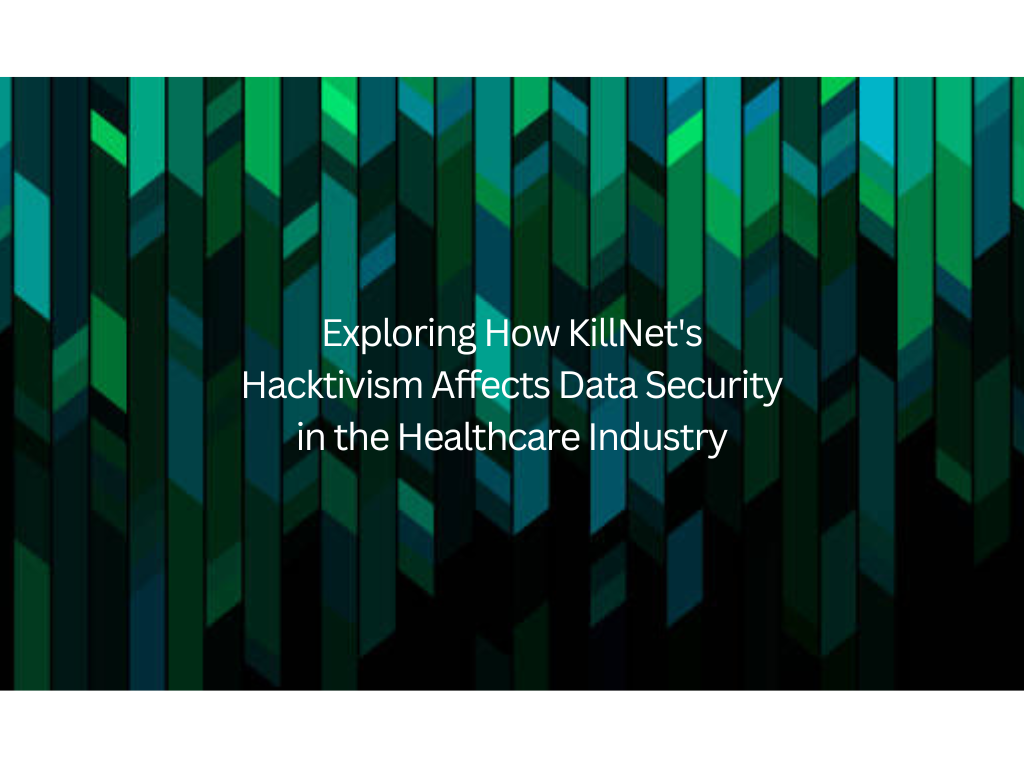The increase in DDoS attacks on US healthcare organizations in the last 48 hours by the pro-Russian cyber activist group Killnet has become a major concern. The healthcare sector has become a target for DDoS attacks by the hacktivist group Killnet. These attacks aim to disrupt the normal functioning of hospital websites and online services by overwhelming their servers with a high volume of traffic, causing them to become unavailable and resulting in downtime.
These attacks can have a significant impact on the healthcare industry, particularly in emergency situations where patients require immediate medical attention. They can also result in financial losses for the targeted organizations and can damage their reputation.
It is important to note that DDoS attacks are illegal and can result in serious consequences for those who participate in them. Additionally, DDoS attacks can have unintended consequences and may cause harm to innocent parties, including patients who rely on the healthcare services being disrupted.
Organizations and governments in the healthcare sector should take steps to protect themselves from DDoS attacks by implementing appropriate security measures and staying informed about the latest threats and tactics used by hacktivist groups like Killnet.
Preventing DDoS (Distributed Denial of Service) attacks on hospitals and other healthcare organizations requires a multi-layered approach that includes both technical and administrative measures.
Here are some steps organizations can take to protect themselves from these attacks:
1. Implement Network and Server Security: Strengthen the security of servers and networks by using firewalls, intrusion detection and prevention systems, and load balancers to filter and manage incoming traffic.
2. Monitor Network Traffic: Regularly monitor network traffic patterns to detect any unusual or suspicious activity and respond quickly to mitigate potential attacks.
3. Use DDoS Mitigation Services: Utilize DDoS mitigation services that can absorb and neutralize incoming traffic before it reaches the organization’s servers.
4. Have a Response Plan in Place: Develop a comprehensive response plan that outlines the steps to be taken in the event of a DDoS attack, including the identification and management of critical systems and data, communication with stakeholders, and incident reporting.
5. Keep Software and Systems Up-to-Date: Regularly update all software and systems, including operating systems, web servers, and databases, to ensure that they are protected from known vulnerabilities.
6. Educate Employees: Provide employees with training on cybersecurity best practices and encourage them to be vigilant in detecting and reporting potential attacks.
By implementing these measures, healthcare organizations can reduce the risk of DDoS attacks and ensure that they are prepared to respond effectively in the event of an attack.
Want to learn more about the growing threat of DDoS attacks in healthcare? Contact Haltdos and get a free consultation. Our experts can help you determine if you’re at risk and what steps you can take to mitigate that risk.
For more information, speak to one of our sales executives and book your demo.




